There are few bonds as precious as the one between a dog and its owner. From the tears they lick away to the excited greeting at the front door when we come home, these animals have a knack for turning a bad day into a good one and a good one into an even better one. The bond one shares with one’s furry best friends can even be further elevated by a particularly protective dog breed. These breeds have a natural instinct to safeguard their owners and their property. With their loyalty and fierce protective instincts, they provide an extra layer of security and peace of mind. Whether accompanying their owner on a late-night walk or alerting them to potential dangers, these guard dogs strengthen the already unbreakable bond between humans and their beloved pets. But what are some of the best guard dog breeds out there?
Of course, having a protective pup around the house isn’t only good for your safety, it’s also good for your mood, a new study suggests. Researchers in Switzerland say seeing, feeling, and touching a dog boosts neurons in the prefrontal cortex — the area of the brain that helps regulate emotional interactions. The findings have implications for animal-assisted clinical therapy. Dogs often help people cope with stress and depression, so shedding light on the phenomenon could lead to the development of better treatments.
Aside from comforting us, the best guard dog breeds are known for their unwavering loyalty, intelligence, and protective instincts. Breeds like the German Shepherd, Rottweiler, and Bullmastiff are renowned for their exceptional guarding abilities and strong, imposing presence. These dogs not only provide a sense of security but also make loving and devoted companions when properly trained and socialized.
Ready to welcome a new member of the pack? Have no fear, as StudyFinds is here to help you do just that. As always, we have researched across multiple expert sources to bring you today’s list of the best guard dogs you can ever have as a furry friend. Don’t agree with our list? No worries! We would love to hear from you in the comments down below.
The List: Best Guard Dogs, According to Experts
1. German Shepherd
The first spot on our list belongs to the trusty German Shepherd. Often used by military and police organizations for their guarding nature. “German Shepherds, in our opinion, top the list of best family guard dogs due to their natural instincts to listen, learn, and obey. They are both menacing in their appearance and loving in their nature but will respond to a command at a moment’s notice. They have thick fur, which makes them respond well to colder temperatures and adds to their toughness. They have fantastic size and can take down any sized human without much trouble,” says Canine Journal.
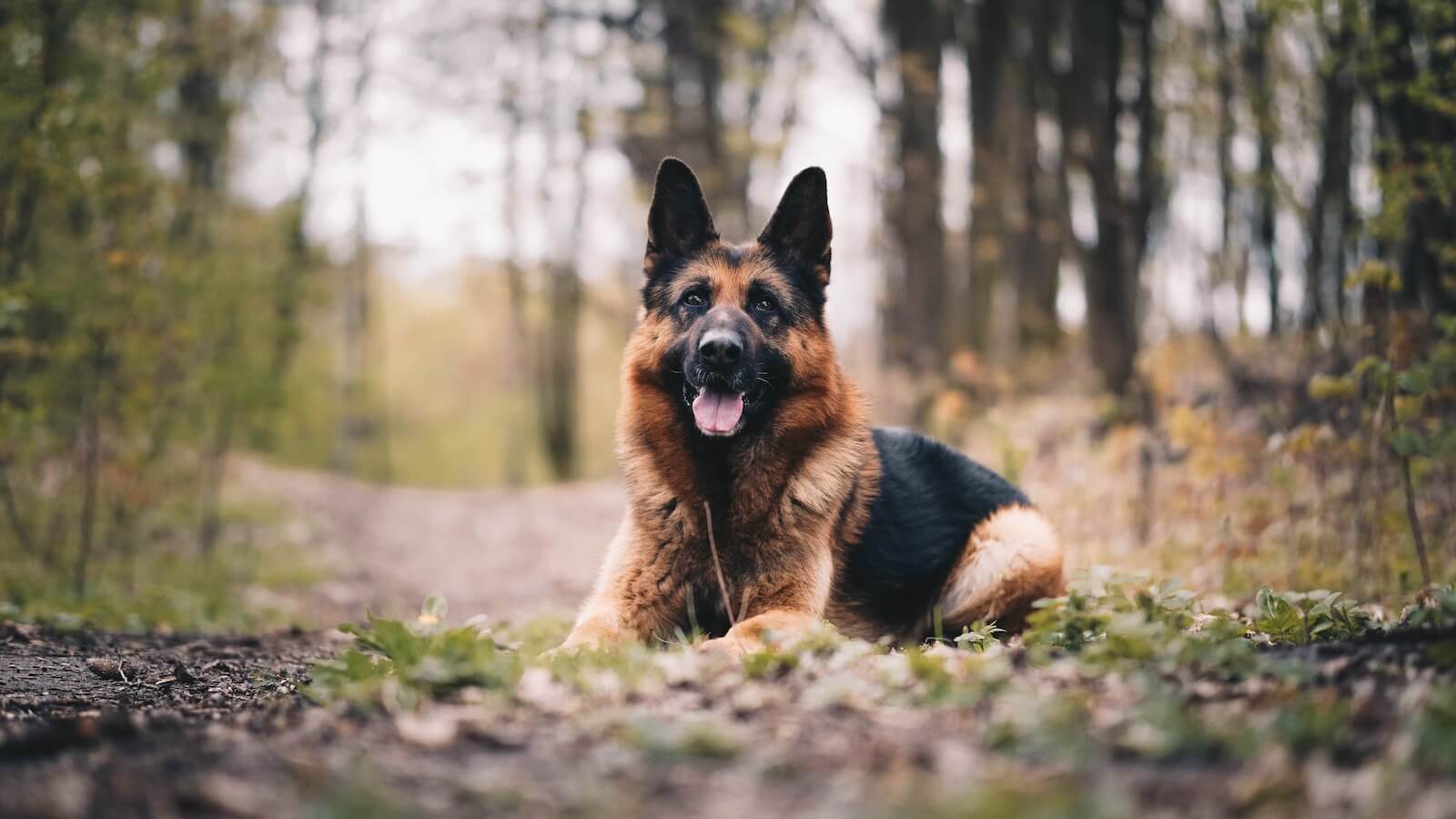
“‘For protection, security, and a family dog, I would say a German Shepherd is probably the best choice.’ The American Kennel Club describes the large, muscular dogs as gentle family pets and immensely courageous — unafraid to put themselves in danger to save a loved one, as many of them do as police and military dogs,” writes Care.
“German Shepherds exemplify most of the traits found in good guard dogs, as they’re intelligent, loving, and brave. Shepherds are also physically imposing despite their modest body weight. German shepherds, like most other affectionate, sensitive breeds, require plenty of time with and attention from their people, otherwise, they can develop behavioral problems. You’ll also have to spend a lot of time grooming your Shepherd and cleaning up the ridiculous amounts of hair they shed,” adds K9 of Mine.
2. Rottweiler
Next up with the Rottweiler. “Originally bred as cattle-protecting dogs, Rottweilers are known to be relentless protectors of their pack. They are an intelligent breed and extremely loyal to their owners. Rottweilers are known to be aloof with strangers until properly introduced to them. Additionally, they are very quick learners, thus making them one of the best guard dogs for families,” notes Cesar’s Way.
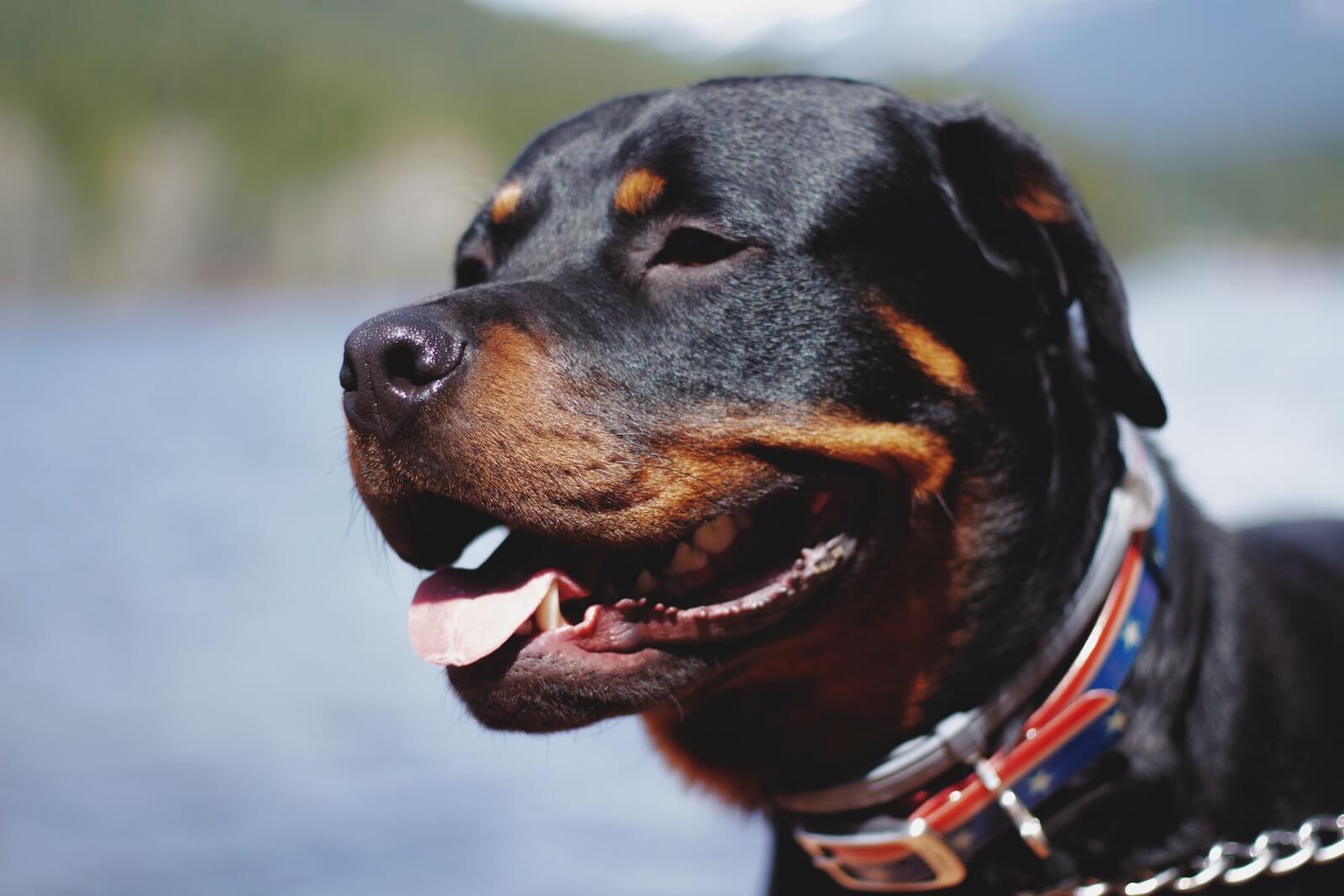
“The AKC says that if properly trained, the intelligent and confident Rottweiler makes one of the best family guard dogs. There is apparently no limit to the jobs they can perform, like herding and carting, to name a few. Tire them out enough, and they may even pop a squat in your lap,” comments Care.
“A breed that sometimes gets a bad reputation for being aggressive, a well-bred Rottweiler will only show aggression when it, its home, or its family are under threat. When not on guard dog duty, they are calm, confident, loving and playful,” describes The Scotsman.
3. Bullmastiff
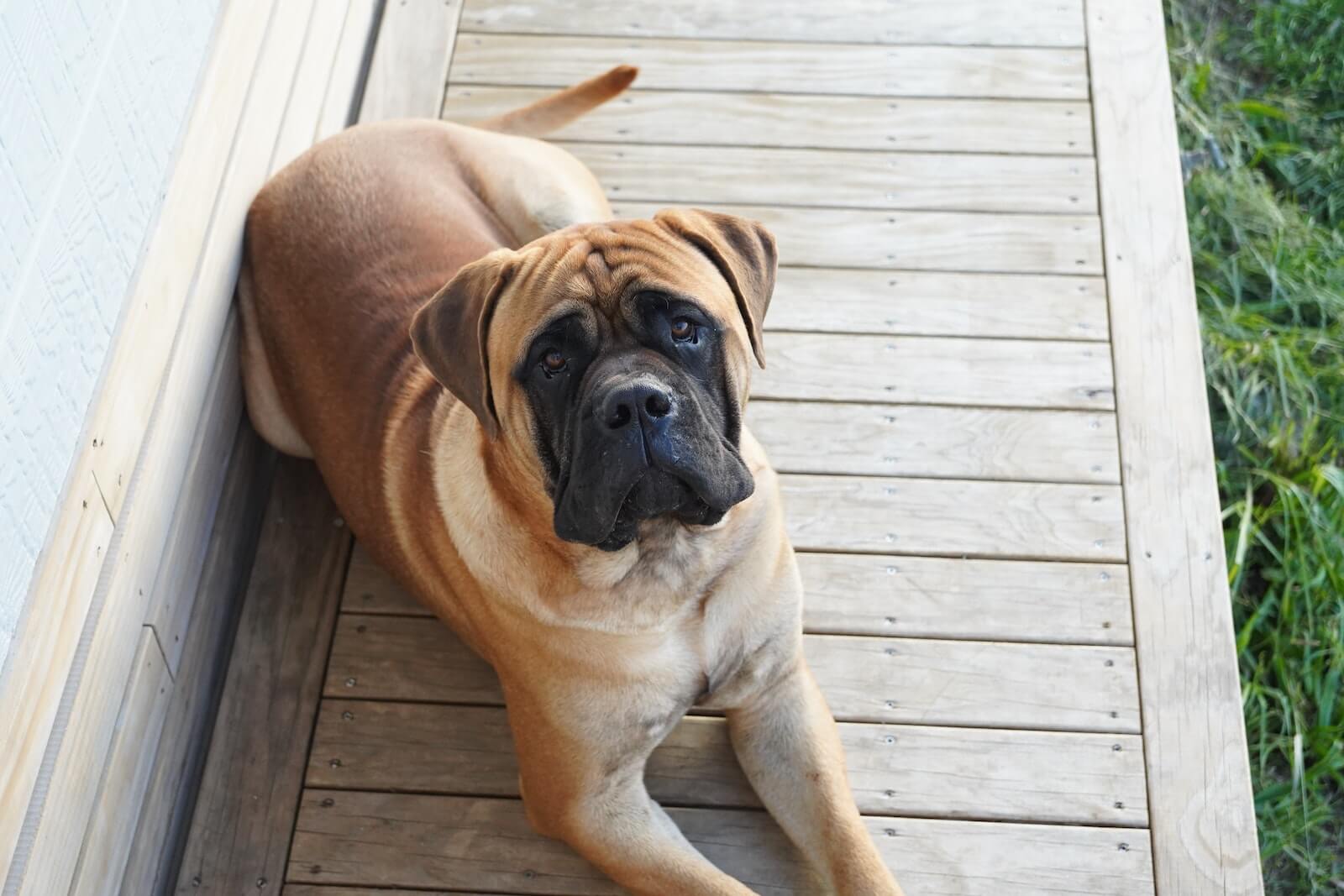
The third spot belongs to the Bullmastiff. A stocky, strong breed, “Gamekeepers initially developed the loyal and brave Bullmastiff to protect their game from poachers. The bullish looks of this large breed can be intimidating to intruders. In actuality, this dog is naturally affectionate towards its family, making it an excellent companion. The Bullmastiff is a born protector that needs structured training to reinforce its natural guarding instincts,” reports The Spruce Pets.
“The result of breeding between the English Mastiff and the Old English Bulldog, the average Bullmastiff is an imposing canine that can reach a shoulder height of nearly two feet and easily weigh over a hundred pounds. Originally bred to protect the game animals on large properties from poachers, they’re built to protect extensive stretches of land — but their physicality and skills translate well to the modern-day home as well. But the most useful trait of the Bullmastiff may be that they’ve been bred through generations to rarely bite or bark. Instead, they use their exceptional strength and surprising speed to pin down and immobilize intruders until they can be dealt with,” adds A-Z Animals.
“The Bullmastiff has excellent instincts and thrives in family settings, as they learn quickly who their ‘pack’ is and will do everything they can to protect it. They are very aware of everything going on around them, and their intimidating look makes them a great choice for fending off intruders without putting your children at risk. To get the most out of this breed, it should be raised early with the family and trained constantly through its growing stages. With that being said, once it is familiar with its home and who its family is, this breed is gentle and loving and will do great at being a part of your family,” explains Canine Journal.
4. Akita
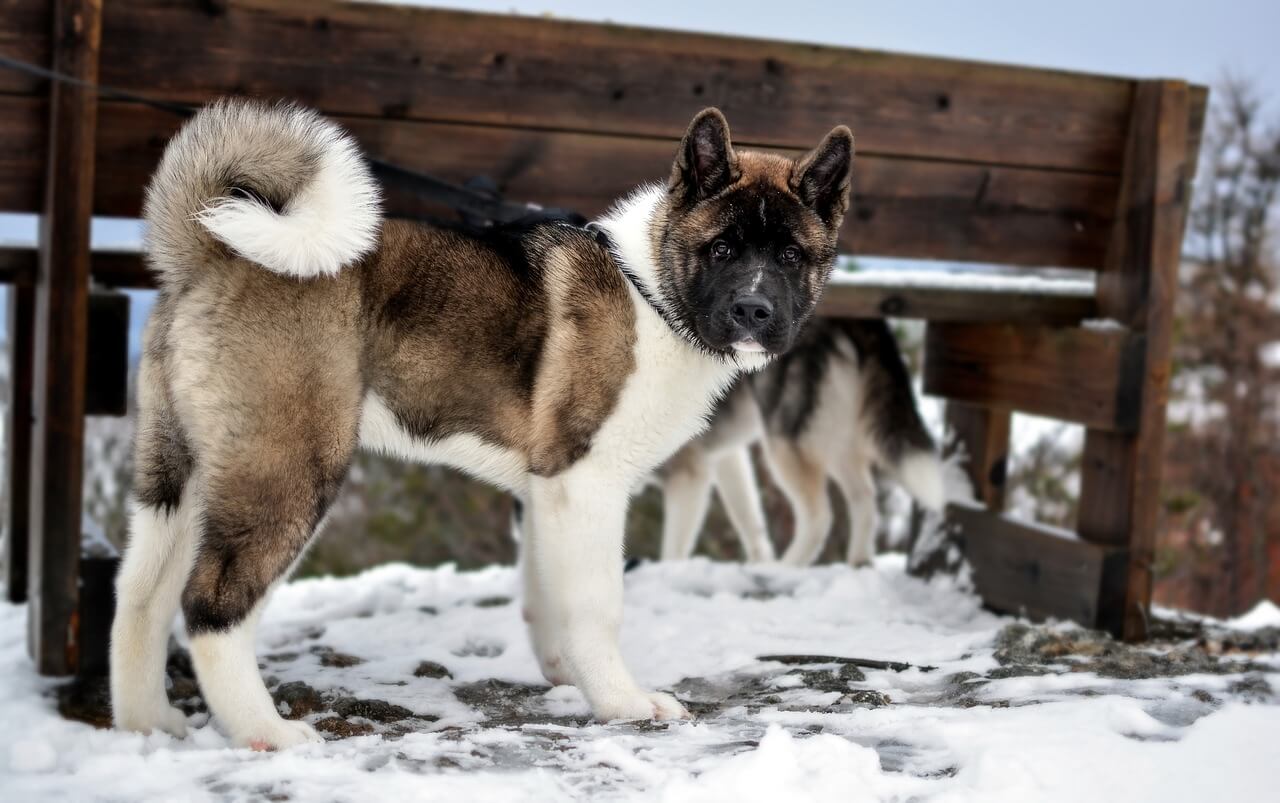
The Akita is a powerful and noble breed of dog. With its distinctive bear-like appearance, “Akitas represent happiness and long life in Japan, where the breed was developed in the 17th century, and are known for being courageous and loyal to their owners. They’re independent thinkers and don’t always mix well with other dogs or strangers, so it’s especially important to provide consistent training and socialization from an early age,” comments Country Living.
“Akitas are fiercely protective by nature, and in the Middle Ages, they guarded the Japanese emperor and his family. Helen Keller was gifted an Akita during a trip to Japan in 1937, making her the first American to own one. Akitas are very social animals, and they can be playful and silly,” says Reader’s Digest.
“Akitas have a large build (just look at the size of that head!), which makes them a powerful animal. If you socialize them well with family and friends early on in life, they’ll know who’s a playmate and who’s an intruder,” writes Good Housekeeping.
5. Australian Shepherd
And last but certainly never the least is the Australian Shepherd. Known for their striking appearance and high energy levels, these dogs excel in various roles. “The medium-sized Aussie is both beautiful and brave. Most at home on a ranch or in a rodeo, these dogs are natural herders and will take any opportunity to get other animals (or even kids) in line. What’s more, they make energetic playmates for the whole family,” explains Good Housekeeping.
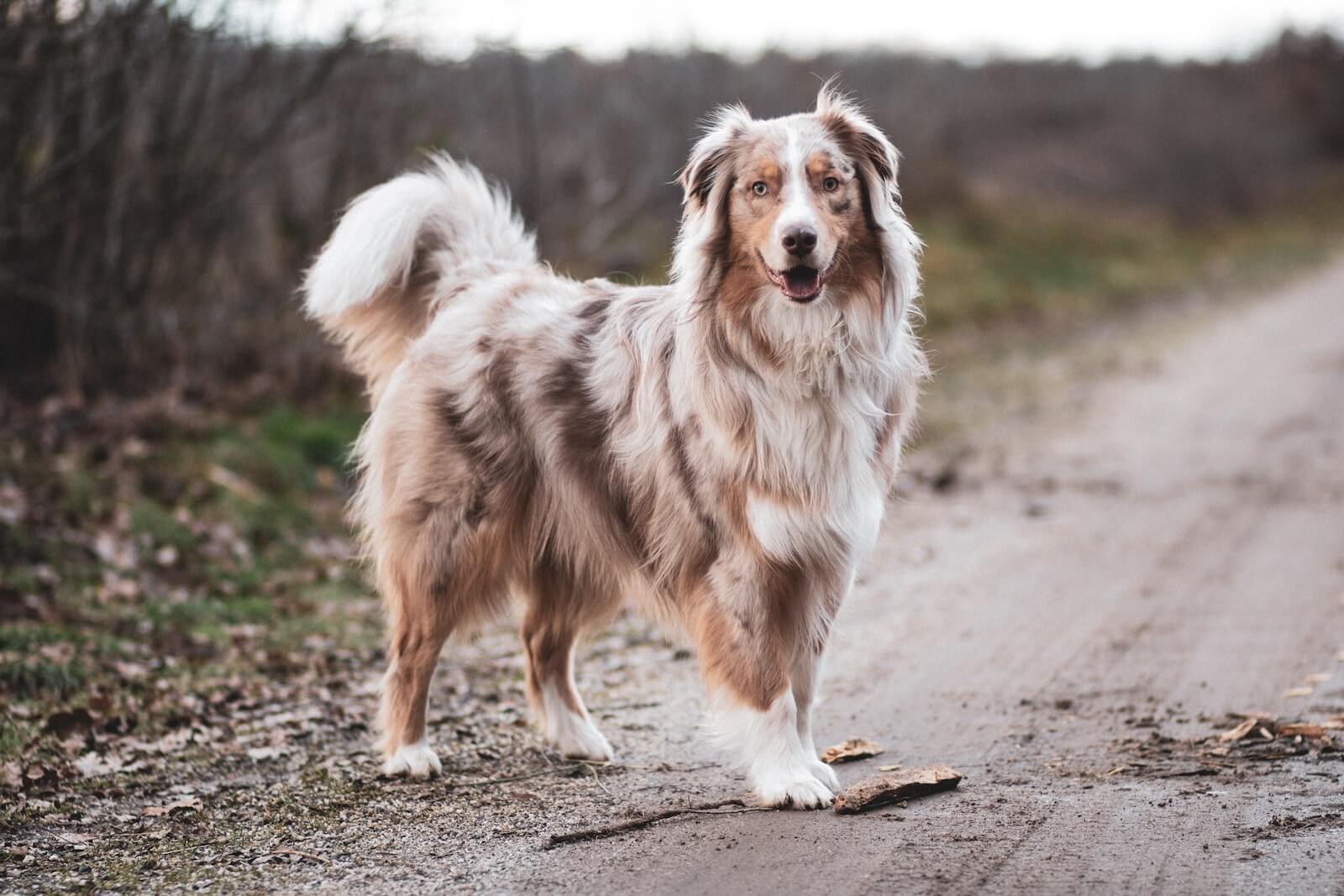
“Despite the name, the Australian Shepherd is a breed that was actually developed in the USA. The name comes from the Spanish area of Asturias, where its origins have been traced. Traditionally used as a herding dog, it is a breed that is as brave as it is beautiful,” notes The Scotsman.
“Popular with ranchers thanks to excellent herding instincts, Australian Shepherds also make great guard dogs as they’re clever, obedient, and protective of their families. Aussies are best suited to homes with plenty of space to roam as they’re high energy and require plenty of daily activity and exercise,” concludes Country Living.
You might be interested in:
- Best Dogs for Protection
- Best Dogs for Home Security
- Best Service Dogs
- Most Energetic Dog Breeds
- Best Dog Breeds for Kids
Sources:
- Canine Journal
- Care
- K9 of Mine
- Reader’s Digest
- Good Housekeeping
- Country Living
- The Scotsman
- The Spruce Pets
- Cesar’s Way
- A-Z Animals
Note: This article was not paid for nor sponsored. StudyFinds is not connected to nor partnered with any of the brands mentioned and receives no compensation for its recommendations.
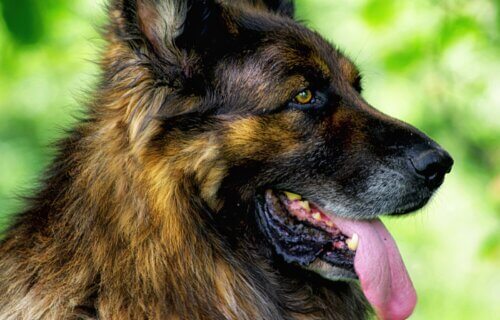
Great Pyrenees should also make the list for their devotion to family and guarding instincts
German shepherd hands down
Great Pyrenees and Anatolian Shepherds…both are excellent guard dogs!
German shepherd
I do not see the Giant Schnauzer and to me it very good guard dog and also very protective of my house and family. The other good part is, that it is a social dog that goes well with friends and family visiting
Chihuahuas!!! They never stop barking till their master makes them!!!!
Dobermans didn’t make your list?? Really?!
How is it that this Jilly Hite, like so many others, missed the Great Pyrenees? Are they unaware of the breed? Are they allergic to research? And why don’t we ever see mention of the remaining LGDs? Jilly, you speak of gaurd dogs, yet you never touch on them. At fist I thought, well maybe Jilly just doesn’t know. Except, these are also dogs that should also be on the “Not for Beginners” lists.
Best Guard Dogs that are not for beginners:
1. Belgian Malanois
2. Great Pyrenees
3. Kangal
4. Cane Corso
5. Boerbol
6. Doggo Argentino
7. Anatolian Shepard
Honorable mentions: Great Danes, German Shepards, Dobermans, Rottweilers, and Newfoundlans. You are all such good pupperdoodles. I luvs you too my squishyfaces. Give keeeesses!!!
There is a real list, Jilly. This list of 7 dogs compiles the best of the best as it relates to guard dogs, while still representing those that are not for beginners. As everyone of them arr incredibly smart, incredibly powerful, and incredibly bullheaded, stubborn, and they are all outright bruts. Those beginners that wish to make one of these 7 a family member, can expect to shell out between $4,000 – $5000 just for proper training.
Honorable mentions are definitely guard dogs that aren’t the easist to train, but also a bit oafish making them more suited for the right type of beginner.
Bottom line, if you are looking to bring in a guardian K9 family member, you must know yourself first. First ask yourself this question “Can I handle a 90 pound or more toddler, with the brut strength and fighting prowess of a seasoned combat Marine (shout out to our beloved highspeed door kickers)?” If the answer is no, or you paused even briefly, please see the honorable mentions list and do not bring in any of the top 7, as you are not prepared for such a task, nor the zoomies of a 90lbs+ toddler with bite forces far north of bone crushing.
Chose wisely and consider the people in your home and the puppers you want to bring into your home.
Where the hell is the pit bull 🐂🐂🐂
How can a working class,who leaves home early for work and return late at night. Can such person still be a good dog trainer? How, with their tight schedule, still make them have time for the dogs